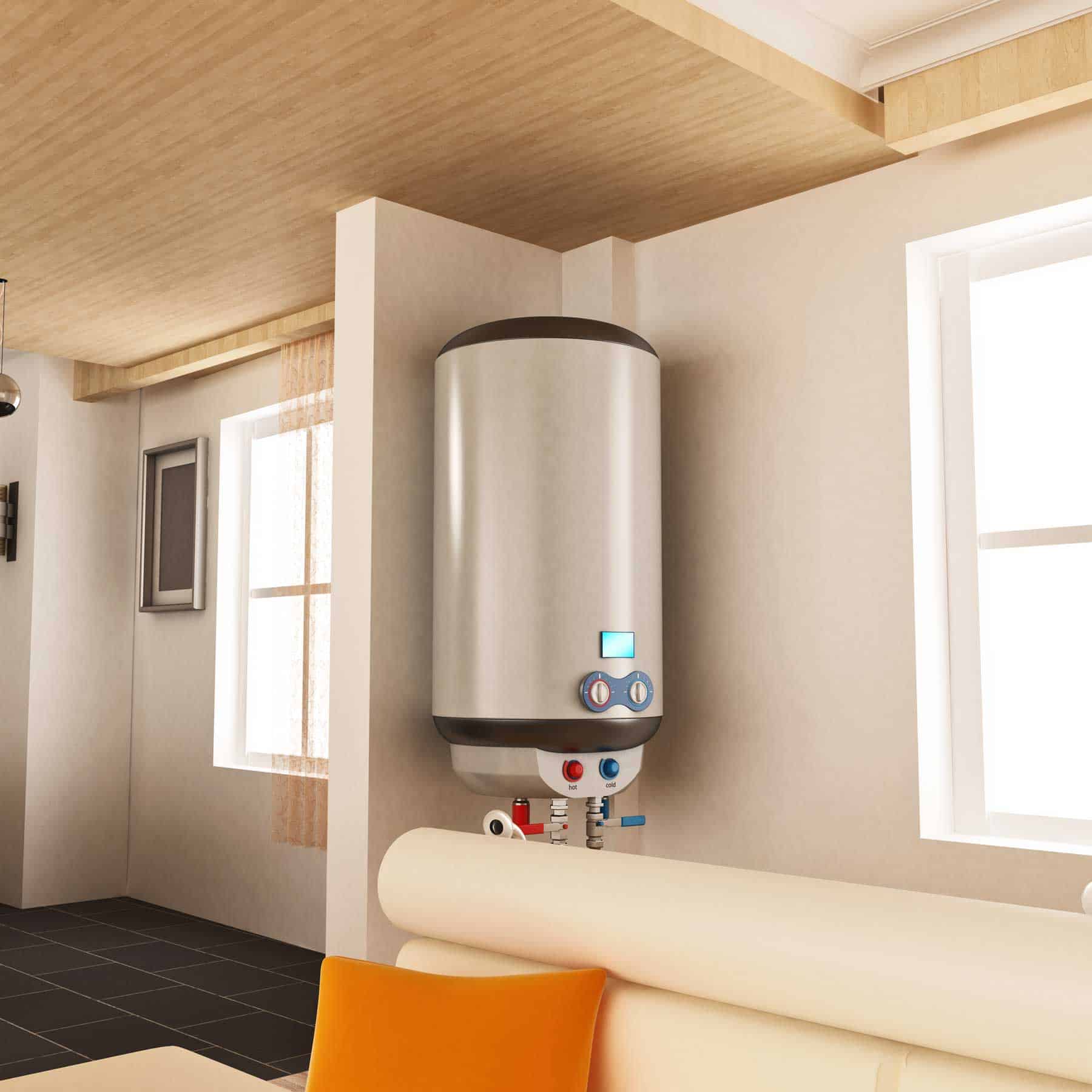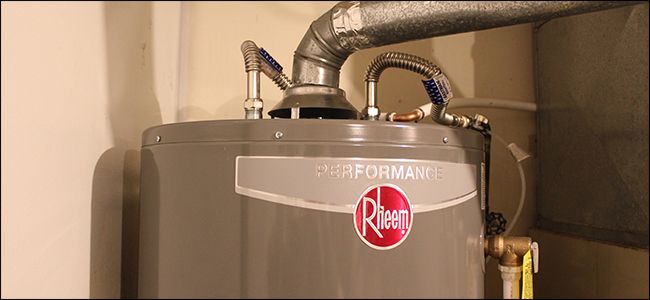Ways to Extend the Lifespan of Your Home's Hot Water System Through MaintenanceEnsuring Durability of Your Home's Hot Water System: Care TipsImportant Maintenance Strategies for Your Home's Hot Water System
Ways to Extend the Lifespan of Your Home's Hot Water System Through MaintenanceEnsuring Durability of Your Home's Hot Water System: Care TipsImportant Maintenance Strategies for Your Home's Hot Water System
Blog Article
We've stumbled upon this article about What Kind of Maintenance Do Water Heaters Need? below on the net and believe it made perfect sense to discuss it with you on my blog.

Warm water is important for everyday convenience, whether it's for a revitalizing shower or washing meals. To guarantee your warm water system runs efficiently and lasts much longer, regular maintenance is vital. This article gives useful ideas and understandings on just how to maintain your home's warm water system to avoid disturbances and costly repair services.
Introduction
Preserving your home's warm water system might seem challenging, but with a couple of straightforward steps, you can guarantee it operates smoothly for several years to come. This overview covers everything from recognizing your warm water system to DIY upkeep pointers and recognizing when to call in expert assistance.
Relevance of Maintaining Your Warm Water System
Routine upkeep not only expands the lifespan of your hot water system but also ensures it operates efficiently. Overlooking upkeep can cause lowered effectiveness, greater power expenses, and also premature failing of the system.
Indicators Your Warm Water System Requirements Maintenance
Recognizing when your warm water system needs interest can prevent significant problems. Watch out for indications such as irregular water temperature level, unusual noises from the heater, or corroded water.
Purging the Water Heater
Purging your hot water heater gets rid of sediment buildup, enhancing effectiveness and lengthening its life.
Monitoring and Replacing Anode Rods
Anode poles stop rust inside the storage tank. Checking and changing them when broken is essential.
Complicated Concerns Needing Specialist Assistance
Examples consist of significant leakages, electrical problems, or if your hot water heater is continually underperforming.
Regular Expert Maintenance Conveniences
Expert maintenance can include detailed examinations, tune-ups, and making certain compliance with safety and security standards.
Inspecting and Changing Temperature Settings
Changing the temperature setups makes certain optimal performance and safety and security.
DIY Tips for Upkeep
You can carry out numerous maintenance jobs yourself to keep your warm water system in top problem.
Checking for Leakages
On a regular basis inspect pipelines and connections for leakages, as these can lead to water damages and higher bills.
Recognizing Your Warm Water System
Before diving right into maintenance jobs, it's practical to comprehend the basic elements of your warm water system. Usually, this consists of the water heater itself, pipelines, anode poles, and temperature level controls.
Regular Monthly Upkeep Tasks
Normal monthly checks can aid catch small problems before they escalate.
Checking Stress Alleviation Valves
Testing the stress relief valve guarantees it operates properly and prevents extreme stress accumulation.
Shielding Pipes
Insulating hot water pipelines lowers heat loss and can save power.
When to Call a Specialist
While DIY maintenance is useful, some problems need specialist knowledge.
Final thought
Routine upkeep of your home's warm water system is essential for efficiency, long life, and price financial savings. By adhering to these tips and knowing when to seek professional assistance, you can ensure a trustworthy supply of warm water without unanticipated disturbances.
Water Heater Maintenance: The Basics
Maintaining your water heater will ensure it operates efficiently and has a longer lifespan. Neglecting regular maintenance can lead to costly repairs and an even bigger chunk of your savings if you have to replace it sooner than necessary. But there’s good news: Most water heater maintenance tasks are relatively simple and easy for homeowners with basic DIY skills.
Flush the Water Heater
Over time, sediment and minerals can build up in the tank, reducing its efficiency and potentially causing damage. To flush the tank, turn off the power or gas supply, attach a hose to the drain valve near the bottom and open the valve to drain the water until it runs clear. Ideally, flush the tank annually.
Replace the Anode Rod
The anode rod is a sacrificial metal rod that helps prevent corrosion inside the tank. Inspect and replace it every three to five years or per the manufacturer's recommendation. To replace the anode rod, turn off the power or gas supply, drain a few gallons of water from the tank, unscrew the old rod and replace it with a new one. If the anode rod is significantly corroded or covered in calcium buildup, it's a sign the water heater may need to be replaced soon.
Tune-Up
A yearly tune-up can help identify potential issues and ensure your water heater operates at peak efficiency. This typically involves checking the thermostat, burner assembly (for gas heaters) and any other components specified by the manufacturer. During a tune-up, the technician may also clean the burner and adjust the pilot light (for gas heaters) or examine the heating elements (for electric heaters).
How to Maintain Your Water Heater
Insulate the tank. Insulating the tank can improve energy efficiency and reduce heat loss, saving you money on energy bills. You can purchase precut insulation blankets designed specifically for water heaters or use standard fiberglass insulation wrapped securely around the tank. Check the temperature. The recommended water temperature for most households is around 120 degrees Fahrenheit (49 degrees Celsius). Higher temperatures can increase energy costs and potentially cause scalding. Use a kitchen thermometer to check the temperature at the faucet nearest the water heater. Monitor water pressure. Excessive water pressure can strain the water heater and cause leaks or even tank failure. Install a pressure-reducing valve if necessary. The ideal water pressure range is between 60 and 70 PSI (pounds per square inch). Test the temperature and pressure (T&P) relief valve. The T&P relief valve is a safety feature that releases pressure if the tank gets too hot or the pressure builds up too high. Test it annually by lifting the lever and allowing a small amount of water to release. Replace the valve if it doesn't release water or reseal properly. Check for leaks. Regularly inspect the tank, pipes and fittings for leaks or corrosion. Deal with issues promptly to prevent further damage. Even a small leak can lead to significant water damage over time. Consider a tankless water heater. If your traditional tank-style water heater is nearing the end of its lifespan ( typically 10 years), consider replacing it with a tankless water heater. These units heat water on demand, reducing standby energy losses and potentially saving you money on your energy bills. Schedule professional maintenance. While homeowners can perform many water heater maintenance tasks, it's still a good idea to schedule professional maintenance every few years. A plumber or HVAC technician can thoroughly inspect the unit, identify potential issues and ensure it operates safely and efficiently. https://www.homeserve.com/en-us/blog/home-improvement/hot-water-heater-maintanence/

As a fervent person who reads about How to Maintain Your Water Heater & Prolong its Life, I assumed sharing that piece of content was essential. Remember to pause to share this article if you enjoyed reading it. Thank you for taking the time to read it.
Click Here Report this page